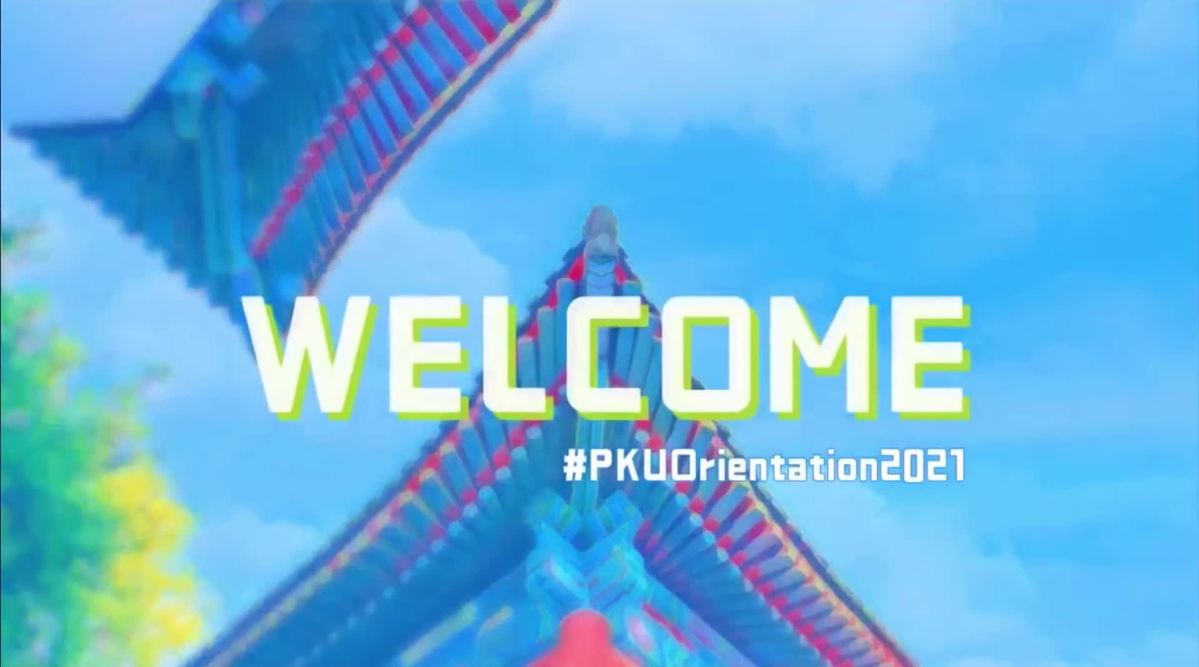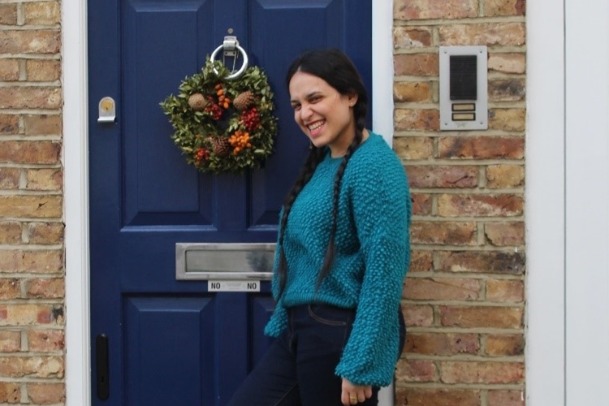Wandering into campus through the West Gate of PKU, strolling up the stone bridge, walking past the lawn and looking around, the first thing that one may notice is a pair of stone columns, purely white, smoothly carved out of marble. Those two structures might ring the bells in visitors’ minds—aren’t they the same as the pair in front of Tiananmen Square? Yes. These marble columns are called Huabiao or the ornamental columns, which embodies the combination of intricate carving and rich imagination, at the same time exemplifying the spirits and aesthetics of ancient Chinese people.

After observing them for several seconds, one’s mind may be full of questions. What is their function? Who built them and how did they come here? It might take some time for one to figure that out themselves since it is a long story, after all.
According to Chinese folklore, dating back to ancient times around 2,300 B.C, there was one great Chinese ruler named Yao. Yao was a broad-minded ruler and welcomed opinions from his people. In order for everyone to express themselves more conveniently, he set up wooden columns beside the main roads with a board hanging over the top. It served two main purposes: one was to offer people a place where they could express their opinions and complaints about the ruler, the other was to act as a traffic sign. Later in the Han Dynasty around 200 B.C, the wooden columns were replaced by stone ones. At that time, Chinese emperors had established a highly-efficient bureaucratic system so the need of direct communication between the emperor and his people was unnecessary. Huabiao had since then become a symbol, standing outside the palace, reminding the rulers to love, respect, and be open to his citizens.
One column can be divided into three parts: the head, the body and the bottom. The plate-shaped head is called “Chenglupan” which means the dew-collecting plate. According to Chinese folk tales, Emperor Wu of Han Dynasty once had a bronze stature of a plate to collect rain from tian (the sky), referencing the highest tier in Chinese philosophy. He believed that rain could make him immortal. Gradually, that part was integrated into Huabiao. On top of the plate usually stands a beast called “Wangtianhou”, which in Chinese mythology, is one of the Nine Sons of Dragon. It usually sits peacefully and watches passers-by down below, seemingly waiting for something unknown. If you have ever been touring around Beijing, you would notice that there are two pairs of Huabiao on the inside and onside of Tiananmen Square. In ancient times, those divine beasts of Huabiao inside Tiananmen Square face the north, implying that the ruler should not indulge in luxury but to go out, learn, and understand the current situations on his territory. The divine beasts of Huabiao outside the Square face the south, indicating that the emperor should return to his post as soon as possible.









